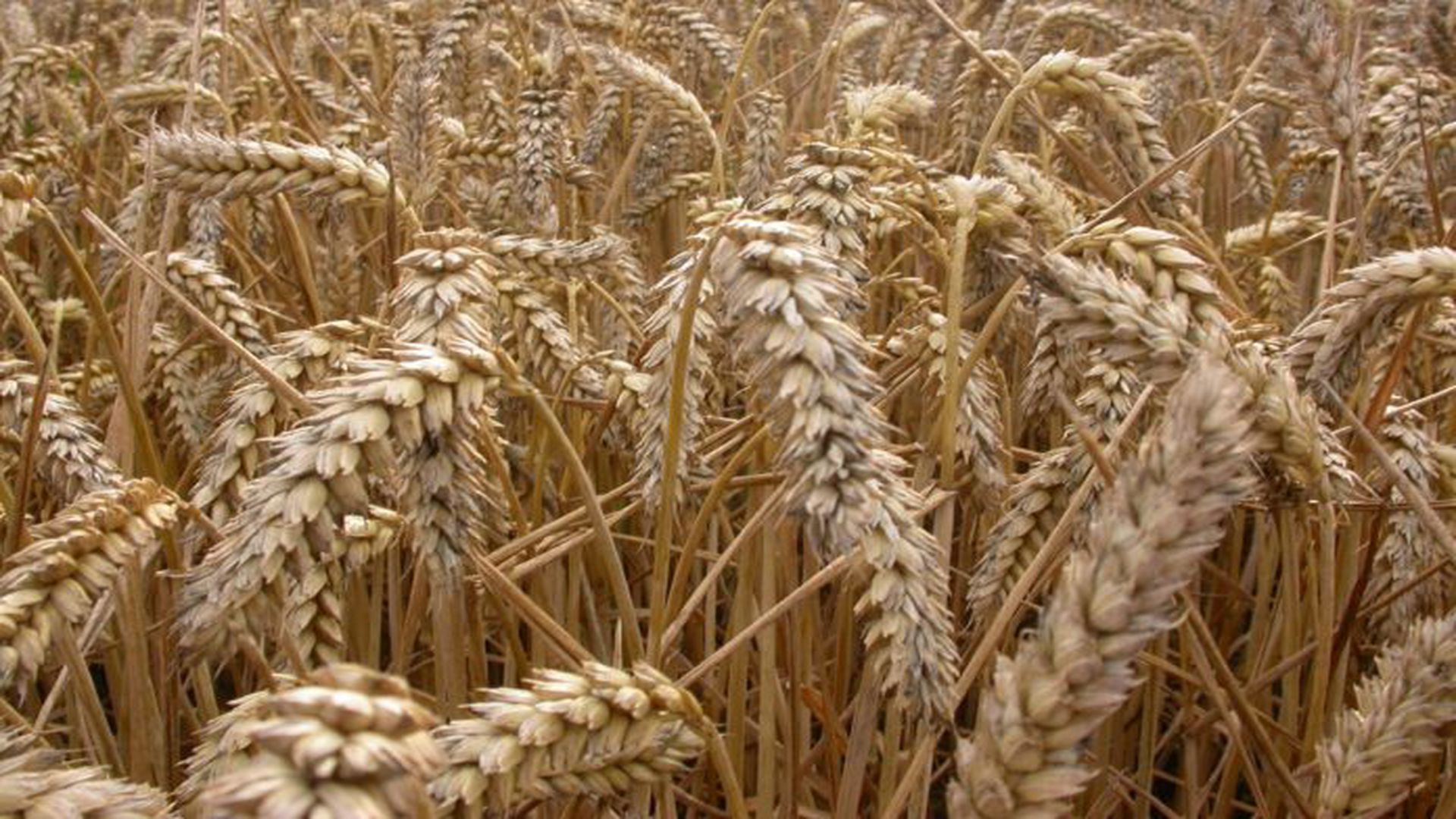By: Mehmet Uğur Gürkaynak
The Agricultural Market Information System (AMIS) has released its latest assessment of the global wheat market, indicating a relatively steady outlook for 2025/26, with modest increases in production and trade. Despite lingering weather risks and shifting international trade policies, the global wheat balance appears resilient, supported by favorable crop conditions in several key producing countries.
Production Edges Up on Strong Crop Conditions
According to AMIS, global wheat production in 2025 is expected to increase marginally compared to the previous season. The gains are driven primarily by improved output prospects in India, Pakistan, and Ukraine. In the northern hemisphere, harvesting of winter wheat has already begun under largely positive conditions, while sowing in the southern hemisphere is advancing well.
In the European Union, wheat crops are benefiting from ideal weather, especially in Bulgaria, Romania, and the Iberian Peninsula. Similarly, the Russian Federation has commenced its winter wheat harvest in the south, with favorable conditions also reported for spring wheat. Türkiye has begun harvesting under mixed conditions, particularly in Southeastern Anatolia where dry weather has prevailed. Across the Atlantic, the U.S. winter wheat harvest is progressing smoothly, although drought in Montana is raising concerns for spring wheat.
Meanwhile, China’s winter wheat harvest is nearing completion with minimal impact from earlier heat and dryness. Canada is reporting generally favorable wheat conditions, and in the southern hemisphere, recent rains have boosted crop development in Australia and Argentina.
Demand and Trade Continue to Rise Despite Revisions
AMIS forecasts a slight month-on-month decline in wheat utilization for 2025/26, primarily due to lower projections for China, Morocco, and the United States. However, overall global use is still expected to rise modestly above last season’s levels, supported by steady demand across food, feed, and industrial sectors.
On the trade front, global wheat trade is anticipated to grow by 4 percent over the 2024/25 level. While the latest AMIS update includes downward revisions in import expectations for China, Morocco, and the UAE, the overall increase in trade volume remains intact. Notably, Russian wheat exports are now expected to be slightly lower than previously projected, reflecting production uncertainties and new trade restrictions.
Policy Shifts Reshape Global Wheat Flows
A series of policy developments reported by AMIS are set to influence global wheat markets through the remainder of 2025. In Türkiye, the Turkish Grain Board (TMO) raised its base purchase prices for wheat, with durum and milling wheat now priced at TRY 13,500 (USD 342.64) per tonne. With additional bonuses for farmers, the final price could reach TRY 16,020 (USD 406.60) per tonne, marking a major effort to bolster domestic grain production.
India has confirmed that its wheat export ban—initially introduced in May 2022—will remain in place indefinitely. However, the government may approve limited shipments on a case-by-case basis to help address food security needs in certain countries.
On the import side, China has authorized the entry of coarse ground wheat from the Russian Federation, subject to stringent customs and quarantine controls. Meanwhile, the European Commission has reinstated tariff rate quotas on wheat, flour, and maize imported from Ukraine, effective from June 2025. Further changes are also on the horizon, with new EU tariffs on agricultural imports from Russia and Belarus set to take effect in July.
Global Prices Show Volatility
Despite the onset of harvest season in the northern hemisphere, global wheat prices firmed slightly in June. AMIS attributes this to ongoing weather concerns in some producing areas and heightened geopolitical tensions in the Near East and the Black Sea region. In the United States, prices were pressured by increased supplies and sluggish export demand, though rain-related harvest delays are raising quality concerns.
In contrast, prices in the Russian Federation saw upward momentum due to drought-related yield uncertainties. The European Union experienced a slight dip in prices amid strong domestic production forecasts and the rising value of the euro, which could hurt export competitiveness.







